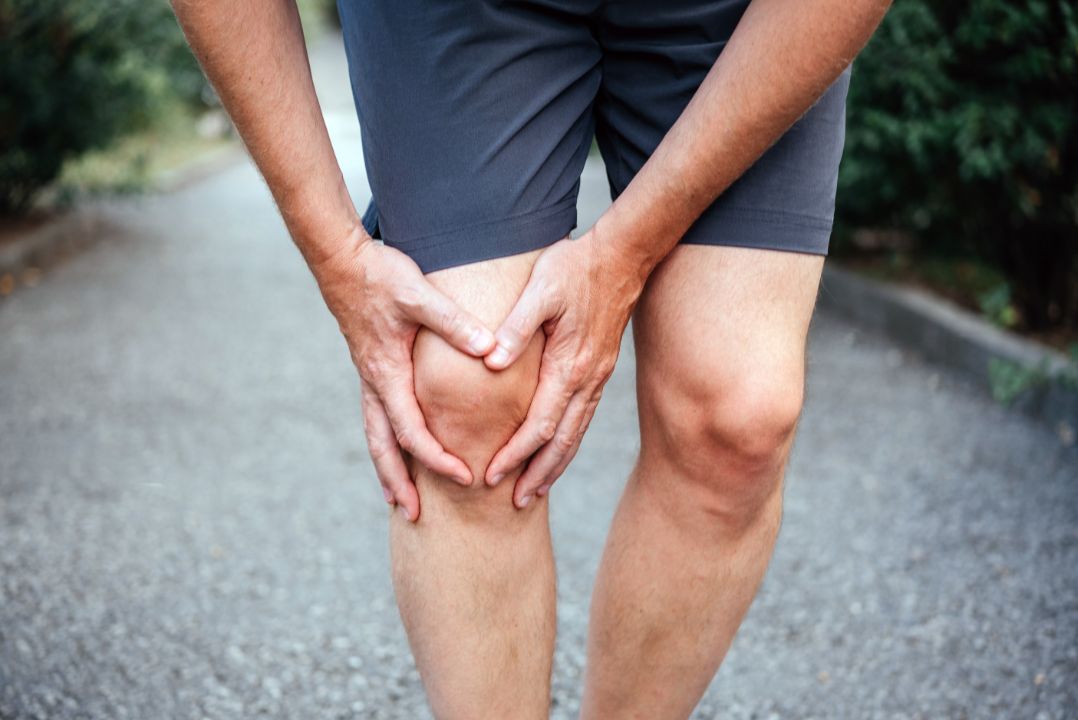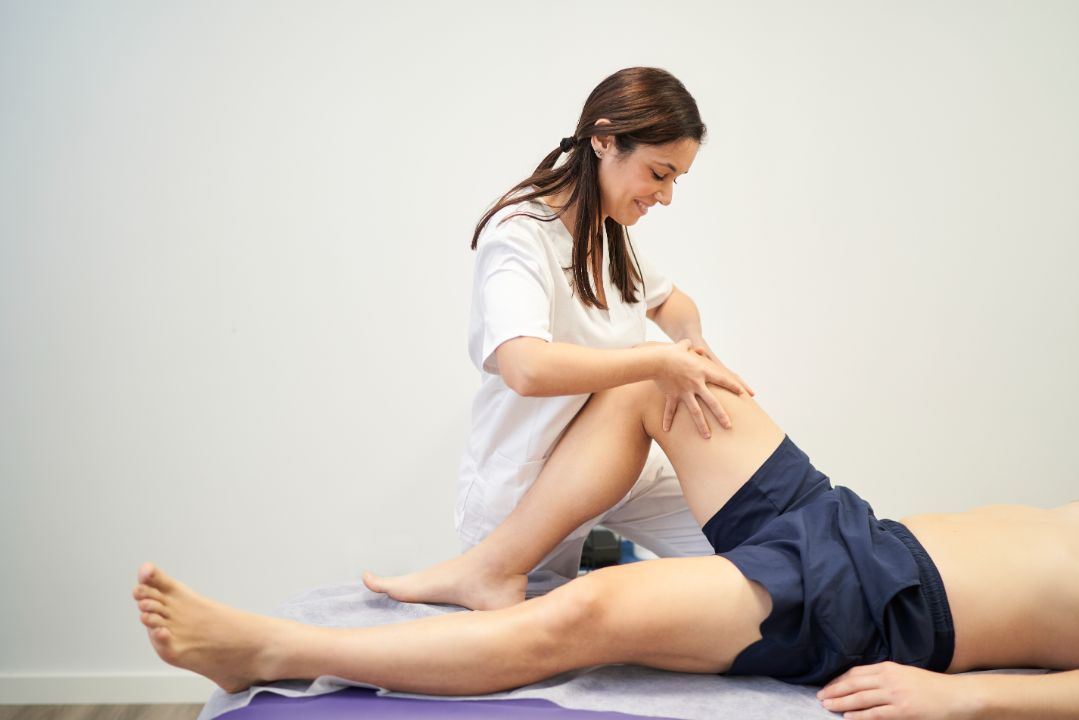Bursitis is a common condition that affects the small fluid-filled sacs, called bursae, that cushion the bones, tendons, and muscles near the joints. When these bursae become inflamed, it can lead to pain, swelling, and difficulty moving the affected joint.
Bursitis is a condition that causes inflammation of the bursae – small fluid-filled sacs – that cushion the bones, tendons, and muscles near the joints. The most common symptom of bursitis is pain, which can be dull, achy, or sharp and intense.
If you experience any of these symptoms, seeing a doctor for proper diagnosis and treatment is essential. Delaying treatment can lead to further complications and long-term joint damage.

Photo Credit: Marinesea, Envato
Bursitis is a painful condition that results from the inflammation of the bursae, small fluid-filled sacs that cushion the joints.
Repetitive movements are one of the most common causes of bursitis. Activities that involve repetitive motions, such as typing on a keyboard or playing a musical instrument, can irritate the bursae and lead to inflammation.
Direct trauma, such as a fall or blow to the joint, can also cause bursitis. The impact can cause the bursa to become inflamed, resulting in pain and swelling.
Certain medical conditions can increase the risk of bursitis. These include rheumatoid arthritis, gout, and diabetes. Additionally, those with weak immune systems may be more susceptible to developing bursitis.
As we age, our joints become more susceptible to wear and tear, making us more prone to developing bursitis. The bursae may also become less flexible and more prone to inflammation with age.
Poor posture can also contribute to the development of bursitis. Slouching or sitting for long periods of time can put pressure on the joints and increase the risk of inflammation.
Overuse of a joint can also lead to bursitis. This can occur when individuals engage in activities that involve excessive use of a particular joint, causing the bursae to become inflamed.

Photo Credit: Retamosastock, Envato
The treatment for bursitis aims to reduce pain, swelling and inflammation and increase the range of motion. The approach to treatment depends on the severity and underlying cause of the condition.
For mild to moderate cases of bursitis, non-surgical treatments are usually effective. The following non-surgical treatment options may be recommended:
In severe cases where non-surgical treatments are ineffective, surgery may be required. The following surgical treatment options may be recommended:
It’s important to note that surgery is only recommended for severe cases of bursitis and should be considered as a last resort. Recovery time may vary and depends on the type of surgery performed and the patient’s overall health.

Photo Credit: maksymiv, Envato
Bursitis can be a painful and debilitating condition, but there are steps you can take to prevent it from occurring or recurring. Here are some practical prevention tips:
Carrying excess weight puts more strain on your joints, increasing the risk of developing bursitis. Maintain a healthy weight through regular exercise and a balanced diet.
If you have a job requiring repetitive movements, such as typing or assembly line work, take frequent breaks to rest your joints. This can help prevent the onset of bursitis caused by overuse.
Incorporate stretching exercises into your daily routine to keep your joints flexible and reduce the risk of injury. Focus on stretching the muscles around the joints affected by bursitis.
Choose shoes that provide adequate support and cushioning for your feet and ankles. This can help prevent bursitis in the knees, hips, and ankles.
When engaging in sports or physical activity, use the proper form to prevent injury and reduce the risk of bursitis. Consult a trainer or coach if you need help with technique.
Strengthening the muscles around the joints can help provide support and reduce the risk of bursitis. Focus on exercises that target the affected area, but also work on increasing overall strength and flexibility.

Photo Credit: Photo-stock, Envato
Following these prevention tips can reduce the risk of developing bursitis or experiencing a recurrence. However, if you do experience symptoms of bursitis, seek medical attention promptly to prevent the condition from worsening.
The common symptoms of bursitis include pain, swelling, tenderness, and limited range of motion in the affected joint. The pain may worsen with movement or pressure on the area.
Repetitive movements, trauma or injury to the joint, and underlying medical conditions such as rheumatoid arthritis or gout can cause bursitis.
Treatment options for bursitis include medication to reduce pain and inflammation, physical therapy to improve joint mobility and strength, and surgery to remove the inflamed bursa in severe cases.
To prevent bursitis, it is important to avoid repetitive movements that put stress on the joints. Maintaining a healthy weight, using proper technique during physical activities, and incorporating strengthening exercises can also help reduce the risk of bursitis.